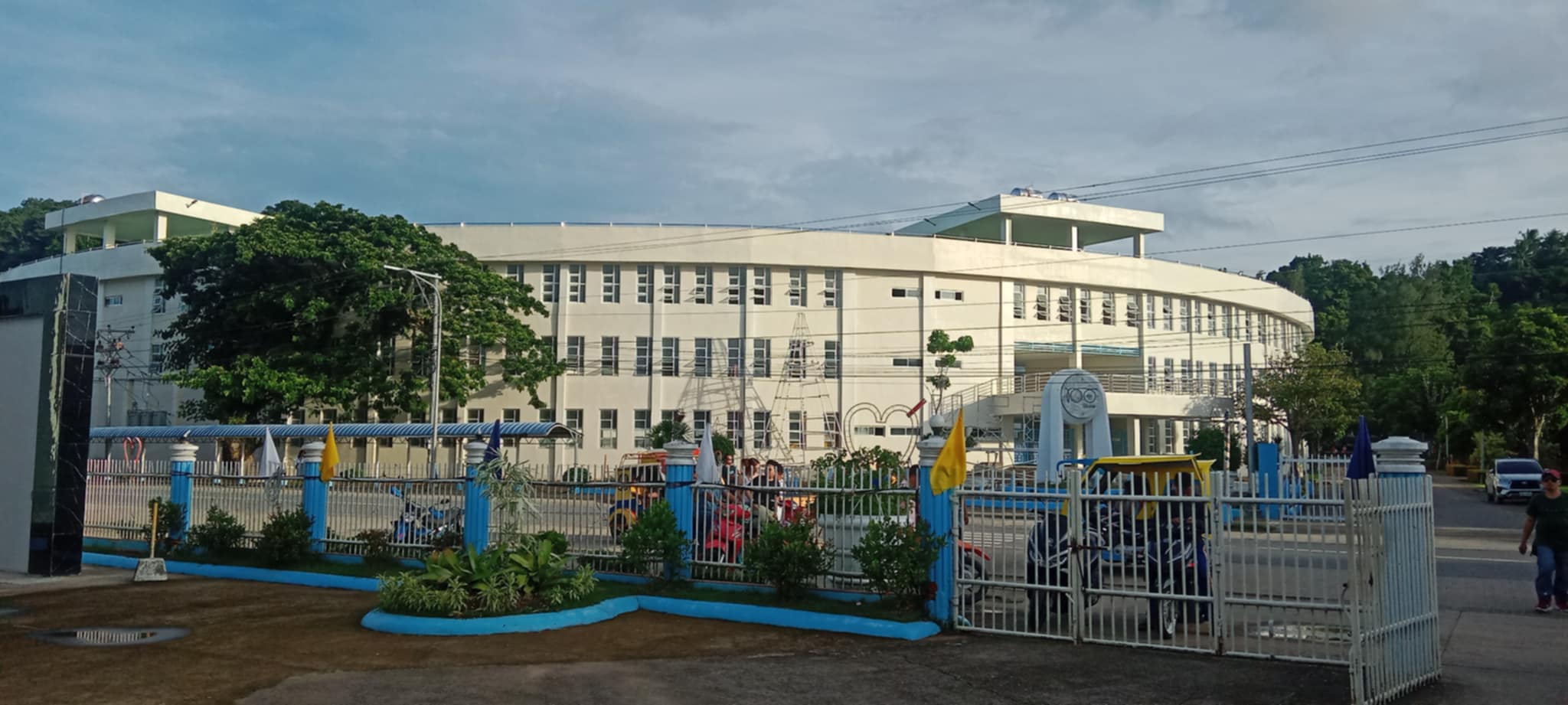
A Brief History of Catarman, Northern Samar
Catarman, the vibrant capital of Northern Samar, boasts a rich and diverse history that dates back to pre-colonial times. Originally known as “Calatman,” meaning a place where palm trees, locally called “Latman,” flourished, it was a thriving settlement for indigenous people.
Spanish Colonization History
The history of Catarman took a significant turn in 1596 when Spanish missionaries arrived, bringing Christianity to the region. They renamed the settlement to Catarman and established it as an important mission center. The construction of the first church in 1649 marked the beginning of substantial Spanish influence, which shaped the town’s culture, infrastructure, and societal structures. The Spanish era left an indelible mark on Catarman, with many cultural practices and architectural styles still evident today.
American and Japanese Occupation
In the early 20th century, during the American colonial period, Catarman saw rapid development. The Americans introduced advancements in education, healthcare, and transportation, significantly improving the quality of life for the residents. However, World War II brought hardship to the town as it fell under Japanese occupation. The period was marked by struggle and resistance, with local guerrilla forces playing a crucial role in the eventual liberation of the town from Japanese control.
Post-War Development
After the war, Catarman continued to develop and grow. In 1965, it was designated the capital of the newly formed province of Northern Samar. This new status brought further economic and infrastructural development, transforming Catarman into a bustling urban center. The establishment of various educational institutions, including the University of Eastern Philippines, contributed to the town’s reputation as a center of learning and culture.
Modern Catarman
Today, Catarman is a vibrant municipality known for its rich cultural heritage, scenic landscapes, and progressive community. Key attractions include the historic Cathedral of Our Lady of the Annunciation, the bustling town market, and the picturesque Samar Island Natural Park. The town’s strategic location and robust infrastructure make it a hub for commerce, education, and tourism in Northern Samar.
Conclusion
Catarman’s history is a tapestry of indigenous resilience, colonial influence, wartime bravery, and post-war progress. This historical richness continues to shape its identity, making it a unique and dynamic part of Northern Samar. Highlighting Catarman’s historical journey aims to attract interest to the town’s significant past and vibrant present.




Leave a Reply